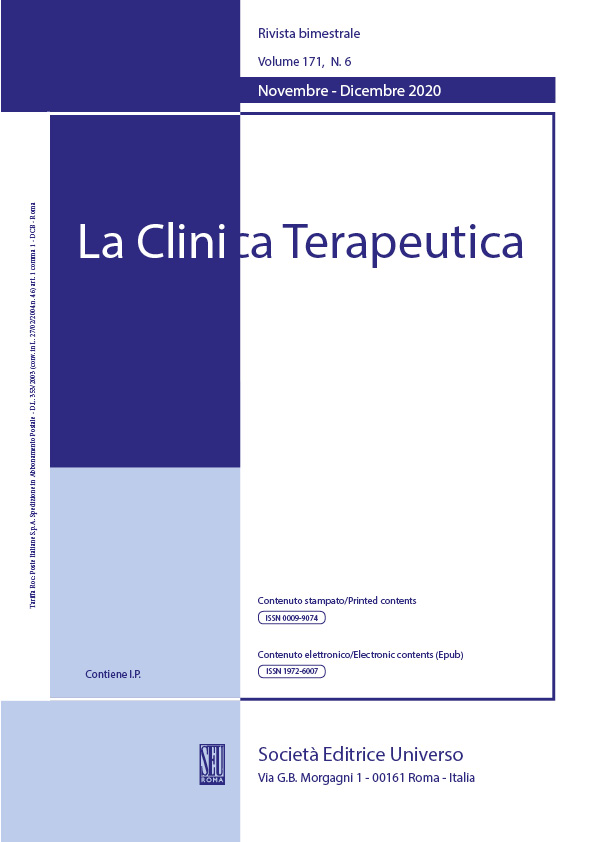Abstract
Introduction. Background The aim of the paper is related to our experience defining the diagnostic accuracy of breast elastosonography.
Objective.
The aim of our study is therefore to define the diagnostic accuracy of breast elastosonography in the differential diagnosis of nodular breast neoformations to improve the characterization of the solid lesion and reduce the number of needle aspiration unnecessary for benign formations.
Material and methods. A total of 88 patients were enrolled, who came to the Department with an ultrasound diagnosis of a breast lesion. Each lesion was subjected to mammography and B-mode ultrasonography with an evaluation of size, echogenicity, and vascularization presence or absence. The use of the ultrasound machine and the respective probe has made it possible to make the measurements. All nodules were subjected to ultrasound-guided FNAC. These data were compared with the results of elastosonographic examination.
Results. FNAC results were as follows: CIN 1 in 18 nodules, CIN 2 in 22 nodules, CIN 3 in 36 nodules, CIN 4 in 6 nodules, and CIN 5 in 6 nodules. The sensitivity and specificity of elastosonography found in our case series reported values in line with data reported in the literature, confirming the method's high reliability.
Conclusions. The elastosonography could become a complementary technique to mammography and ultrasonography in the future, reducing the costs and risks of additional examinations. Therefore, we believe it is essential to contribute with this additional finding to increasingly accredit this pathway and reduce the discomfort to patients of more invasive methods.

